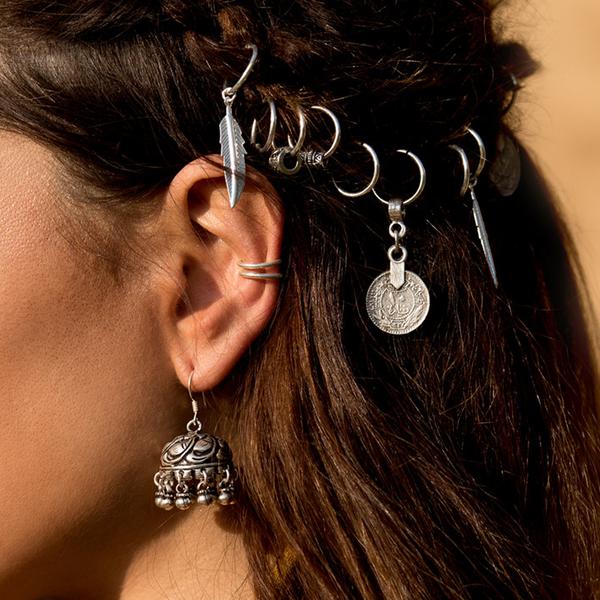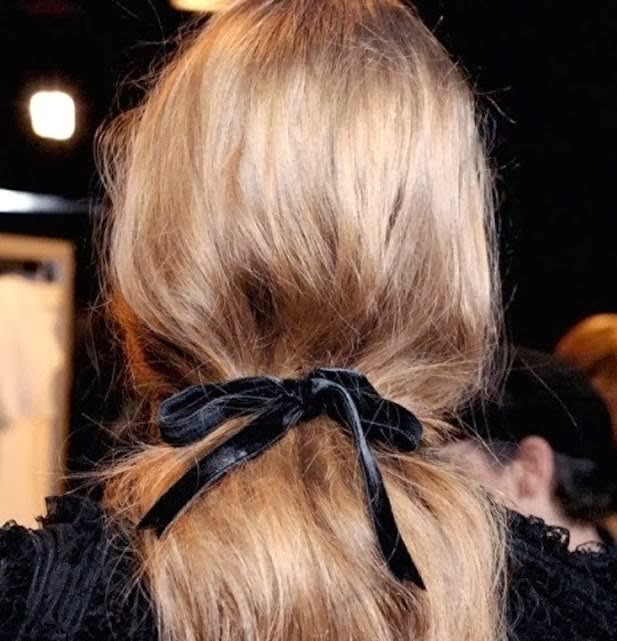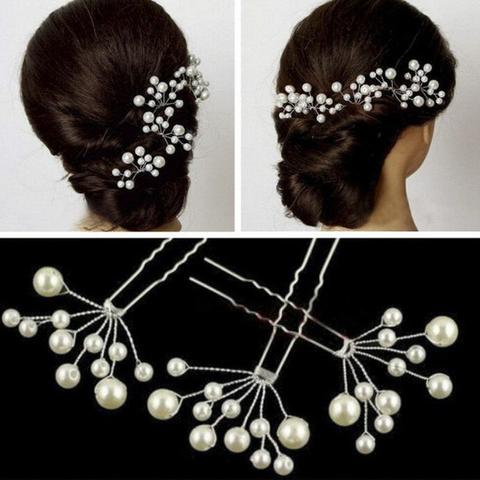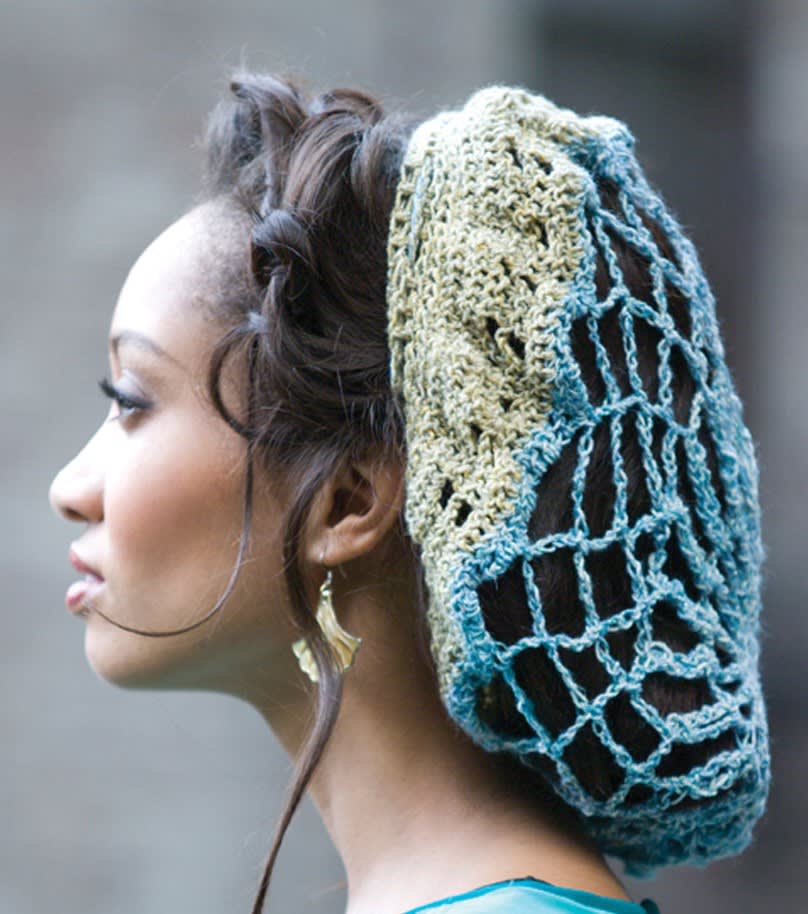Right from the earlier times of human civilization, hair accessories have been in existence. Irrespective of the rank, caste and culture, men and women adorned themselves with different types of hair accessories. The only one thing that distinguished the rich from the poor was the materials used to make them, including precious stones, gems and metals.
Some of the most common types of hair accessories are hair bands, bob pins, bun clips and bands. Dressing up without one of these is highly improbable. Hair accessories not only enhance an outfit but also define the look of a woman.
While learning to design different types of jewellery in a jewellery design course, designing hair accessories is one of the most interesting topics learned by students. Being a practical subject, students get to learn and show their creativity in making this adornment.
Let’s take a closer look at the history of hair accessories as taught in jewellery designing.
Hair Rings

Hair rings have been a popular hair accessory in ancient Europe and the Bronze Age. In those days, hair rings were made from precious metals such as gold and silver which were embedded with precious stones. It’s a surprising thing that in those days, hair rings were not flexible and yet they managed to hold the hair up!
Designing different types of hair rings and other hair accessories has always proved to be a fun exercise in jewellery design classes.
Ribbons and Bows

The 17th and 18th century formed an era that made ribbons and bows popular. Apart from women and little girls, men and boys too decorated their hair with it. The long ponytails of men were often tied with beautiful ribbons and bows made from soft fabric. Women too used to tie their hair or decorate their buns with attractive ribbons and bows.
Hairpins

Among the many hair accessories, hairpins have been one of the most popular ones. Hairpins embellished with pearls, beads, gems and other precious stones stole everyone’s attention. In Japan, fashionable women wore the Kanzashi hairpins. These hairpins were used to keep the hair tied into a neat bun and this was also seen as a status symbol. Later, with the changing times, hairpins evolved into bobby pins.
During the Victorian era, it was considered indecent for women to leave their hair loose. Here, the hairpins served a great purpose in keeping a woman’s dignity.
Barrettes

It was during the mid-19th century that barrettes became famous. Intricate craftsmanship was put into creating individual pieces. Barrettes were seen on women of all age groups. They kept the hair in place for long hours and women often wore them as status symbols to social gatherings and parties.
Students enrolled in a jewellery design institute can relate their creations better to ancient jewellery. History of ancient jewellery forms a part of their core subject.
Headbands
Headbands have been prominently used by men and women in the Mesopotamian region. It has been a simple and common kind of accessory used to keep the hair in place. Women from wealthy households used to adorn it with precious stones, ornaments and even use it as a crown!
Combs
Combs have been known to exist in times as early as the Stone Age. Motifs such as birds, flowers, gods and goddess were embossed on their surfaces. This added to their unique look. It was much later that the combs were attached to hats and other hair accessories.
Hair Beads
Hair beads are identified with the African tradition. Even today, men, women and children are seen wearing colourful beads on their hair. Though hair beads cannot really be used as hair holders, they are one of the most decorative hair accessories used.
Hair Nets

Hair nets have been one of the most common hair accessories used by women in the Roman Empire and Western Europe. It worked best for women who had long hair and could coil it into a bun. The hair net kept the hair confined and neat. It could easily be worn and removed without any hassle.
Knowing about ancient hair accessories surely improves the students’ skill in designing jewellery and accessories. So, take your best chance to learn and design beautiful pieces on your own.

